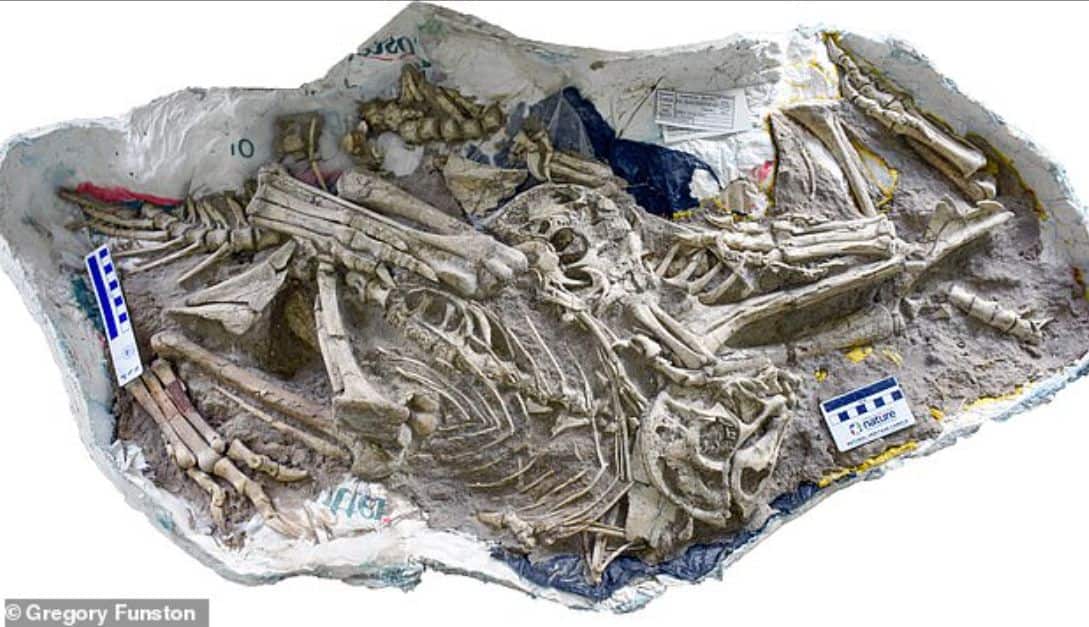In the Gobi Desert, Mongolia, scientists have found the remains of a new species of two-fingered toothless dinosaur
The quest for an unknown species of dinosaur took researchers from Edinburgh to Mongolia, where they found multiple skeletons of this strange looking dinosaur.
The species has been named Oksoko avarsan by the researchers who made the discovery.
The fossil remains of dinosaurs are complete and well preserved, which led scientists to correctly predict its physical attributes.
The dinosaur is believed to be toothless with just two fingers on its forelimbs, shares resemblance with modern-day parrots. This omnivorous species would have had feathers, a beak and reached up to two meters in length.
This giant dinosaur is a new species unknown to the scientist before. As the dinosaur belongs to ‘oviraptors’ genus it was expected to have three fingers on its hand.
The loss of one figure is an evolutionary change undergone by the species, which indicates they must incorporate dietary and lifestyle changes in order to flourish, according to the team studying them.
The dinosaur believed to have lived in the late Cretaceous period about 68 million years ago. Like other Oviraptors, who have shown complex social behavior like communal roosting, the species is believed to be social in juvenile age as the four skeletons were found resting together.
The discovery was first made public in the journal Royal Society Open Science. The team of researchers included scientists from Canada, Japan and Mongolia.
Paleantologist Gregory Funston, the lead author of the study, said “Oksoko avarsan is interesting because the skeletons are very complete and the way they were preserved resting together shows that juveniles roamed together in groups. But more importantly, its two-fingered hand prompted us to look at the way the hand and forelimb changed throughout the evolution of oviraptors — which hadn’t been studied before.”
